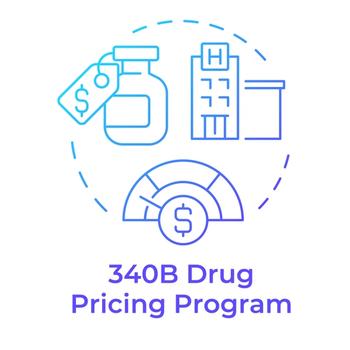
Study Indicates Lorbrena not Cost-effective in Untreated NSCLC
Although Lorbrena can improve health outcomes, it is not as cost-effective an option compared with Xalkori.
Lorlatinib (Lorbrena) is unlikely to be cost-effective compared with crizotinib (Xalkori) for patients with previously untreated advanced non‒small cell lung cancer (NSCLC) whose tumors are anaplastic lymphoma kinase (ALK)-positive. This is the finding of a recent
Investigators in the cost-effectiveness study performed an analysis in which 1 million patients were simulated for total cost of care using drug acquisition costs, as well as laboratory costs, monitoring for disease progression, and management and treatment of adverse events.
In the base analysis, treatment with lorlatinib was related to a mean total cost of treatment of $909,758 compared with the mean total cost of treatment of $616,230 for crizotinib. The mean survival per patient for lorlatinib was 4.81 quality-adjusted life years (QALYs) versus 4.09 for crizotinib.
In the investigators’ model, only when the price of lorlatinib was lowered to $424,500 did it become 100% cost-effective at a willingness to pay threshold of $200,000/QALY.
Investigators stress that the implication is not that crizotinib be used in place of lorlatinib, but to bring this to the attention of policymakers and payers.
The FDA granted
Newsletter
Get the latest industry news, event updates, and more from Managed healthcare Executive.



















































